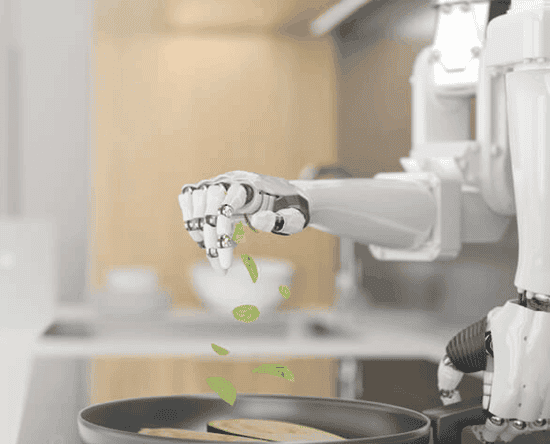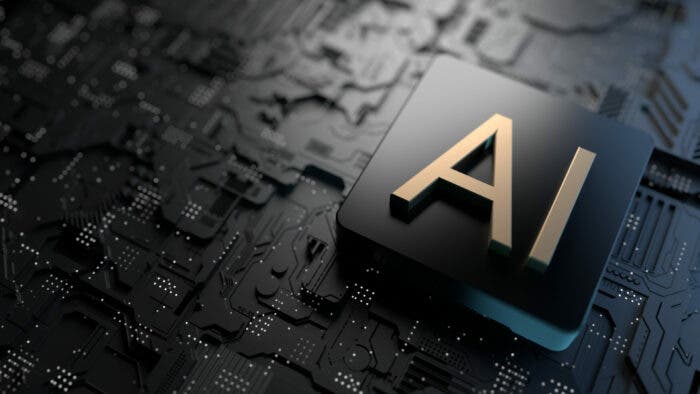Not long ago, artificial intelligence felt like something peripheral. It showed up in recommendation engines, cleaned up blurry photos, or helped transcribe voice notes. It worked quietly in the background, enhancing other tools rather than defining them. But somewhere between the launch of GPT-3 and the explosion of large language models, that changed. AI stopped being just another layer in the tech stack. It became the organizing principle for everything beneath and above it. From chips to cloud services to the software we use daily, AI isn’t just integrated anymore; it’s dominant.

The chip becomes the platform
I’ve watched this unfold with a mix of fascination and unease. Let us commence this discussion with hardware. GPUs were once for gamers and visual effects. Now they’re the most contested resource in tech. Nvidia’s rise to dominance hasn’t come from traditional computing needs—it’s come from the demands of training massive artificial intelligence models. The scarcity of their H100 chips, the price spikes, the hoarding by cloud providers—it all reflects a deeper shift. If you don’t control computing, you don’t participate in AI innovation. And if you can’t afford access, you don’t get to build.
This wave didn’t stop at Nvidia. Apple now touts its Neural Engine almost as prominently as it does its camera. Google, Amazon, and Microsoft have built their own AI chips. Even mobile phones—devices once sold on megapixels and battery life—are now being rebranded around “on-device intelligence.” The chip wars aren’t about general-purpose computing anymore. They’re about how well your silicon serves machine learning.

Cloud’s new metric: model readiness
I see the same pattern in cloud infrastructure. Platforms like AWS or Azure used to promise flexibility and scalability. That’s still true, but increasingly the question is: how fast can they serve an LLM? Can they fine-tune a custom model? Can they offer access to OpenAI, Anthropic, or Meta’s Llama? The cloud has become less about abstract computing power and more about wrapping artificial intelligence services in developer-friendly APIs. In this new order, whoever owns the models and the GPUs defines the platform.
Software as collaboration with the machine
Then there’s software, where the shift is subtler but just as deep. I’ve used GitHub Copilot, and it really does change how you code. What used to be a slow, error-prone task now feels almost conversational. However, it is not simply a time-saver; it also redefines the relationship between the machine and the programmer. Now, you have a system that can assist you, one that already knows what you are trying to do. In all honesty, this is very helpful, but it changes how deeply you understand what you’re building.
And when I look at how AI is starting to reshape the web itself, I feel more concerned. I used to enjoy searching the internet, digging through pages, cross-checking sources, and falling down unexpected rabbit holes. Now, more often than not, I ask artificial intelligence and get a polished, confident answer in return. It’s efficient, but it feels thinner. You don’t see the messy edges, the competing viewpoints, the serendipitous discoveries. You simply get a summary of knowledge, not an experience of it.

Vertical stacks, fewer choices
What worries me isn’t that artificial intelligence is everywhere, it’s how quietly it has taken over. The tech stack was once modular, layered, and relatively open. Now, it feels vertically integrated around a single idea. We’re heading toward a world where a handful of systems, built on the same models, trained on the same data, and hosted in the same clouds, mediate nearly all of our digital interactions.
This isn’t about rejecting artificial intelligence, but it’s also important for us to know what we’re losing in the process of using it. The stack didn’t just evolve; it got swallowed. And as we build everything on top of these models, it’s worth asking: are we still designing the system, or are we just accepting the one that’s been given to us?





